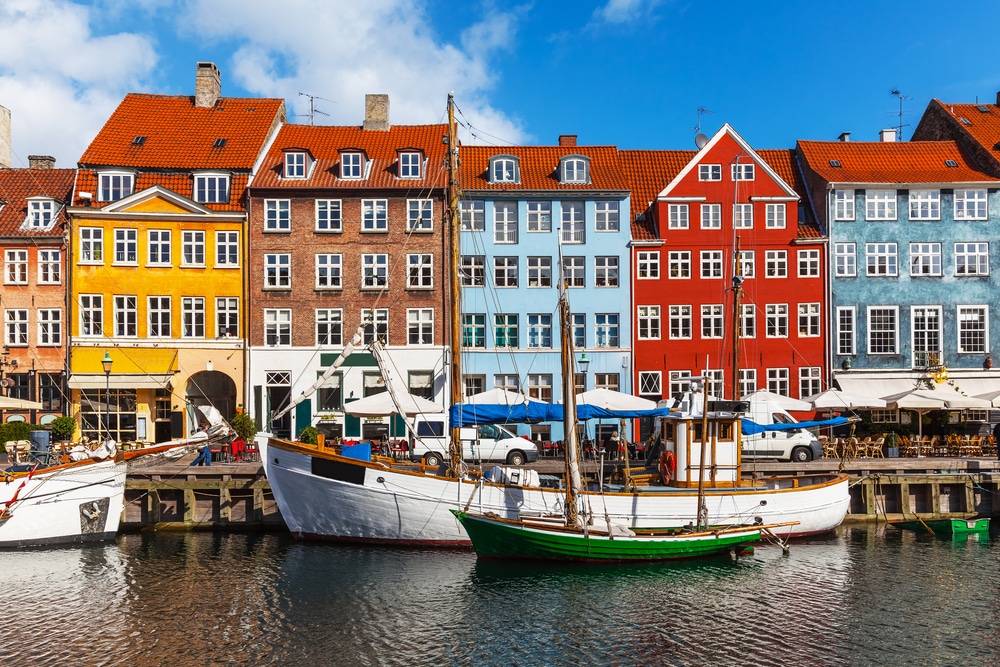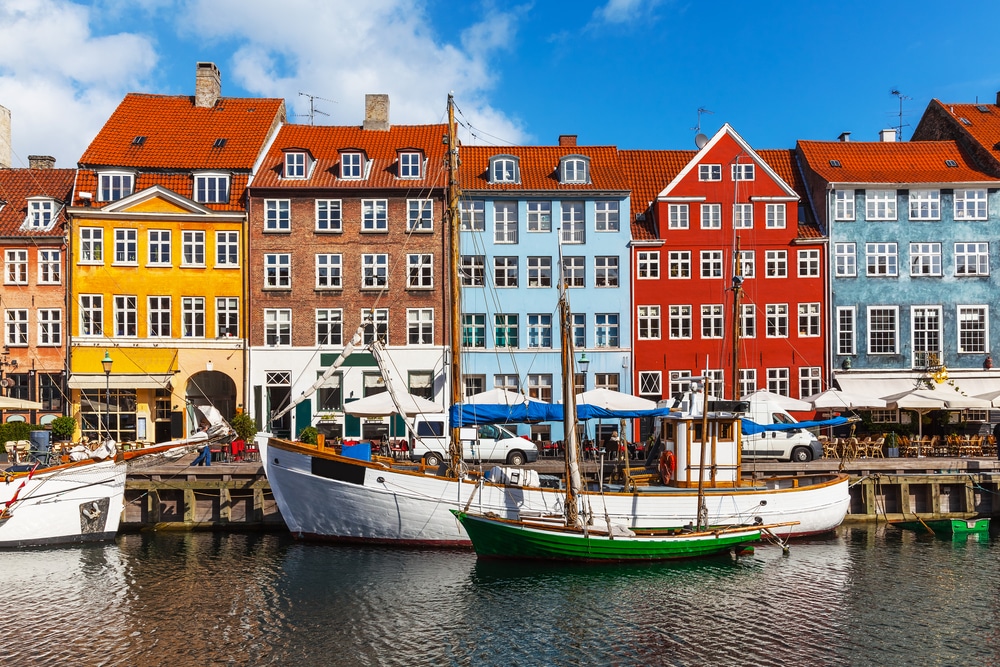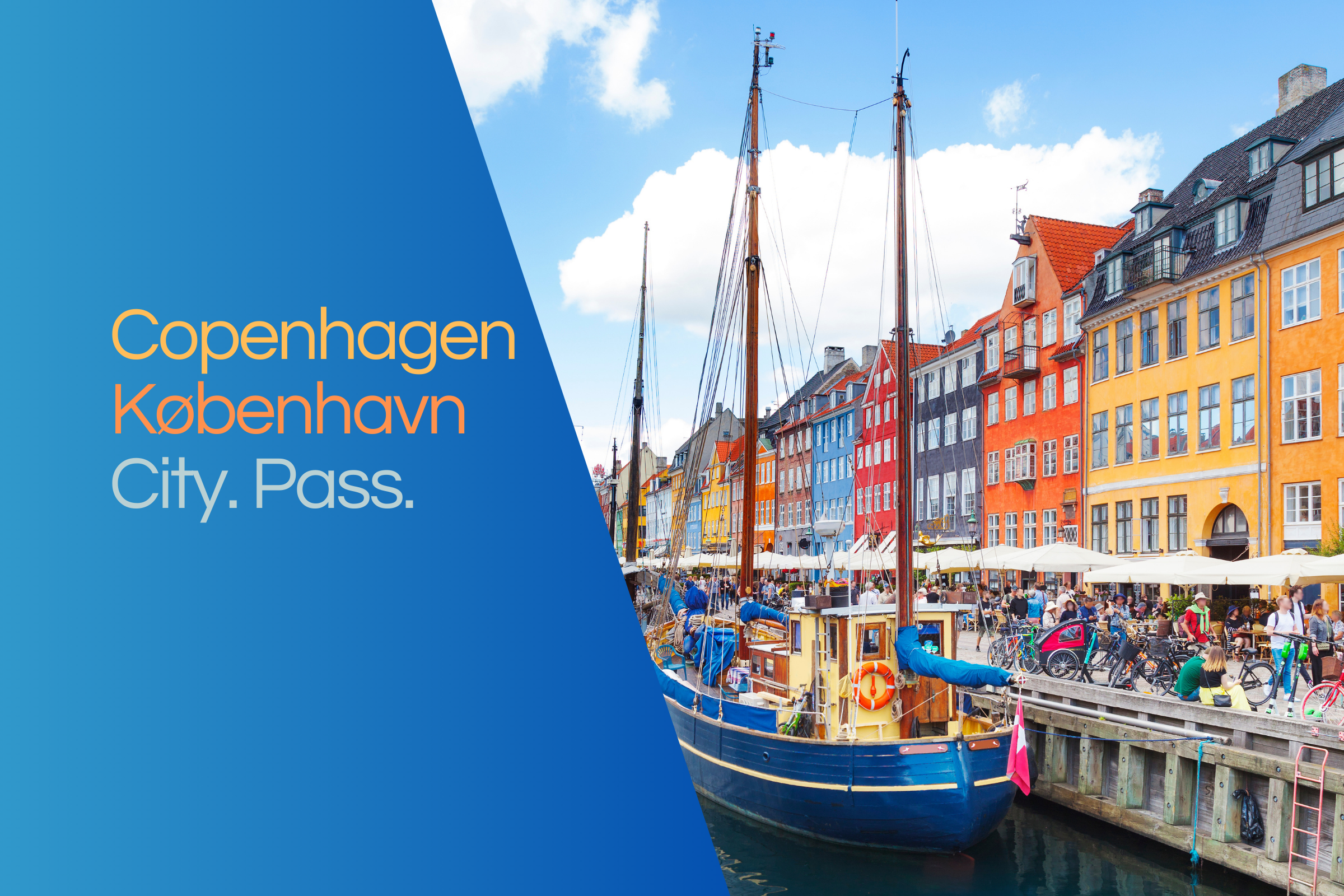- Home ›
- Denmark ›
- Copenhagen
Royal Library

The history of the library
The history of the Royal Library dates back to the seventeenth century: founded in 1648 by the then King Frederick III, the collection of European writings moved into what is now the Imperial Archives as its first dedicated building a few years after its foundation. Since the late eighteenth century, the Royal Library has been open to the public and today serves many different purposes. The building on Slotsholmen, which is still in use today, was built in 1906.There have been several additions, such as the imposing so-called Black Diamond with its façade of black stone, which was opened in 1999. In addition to the library collections, it also houses a concert hall and is the venue for numerous exhibitions.
The book theft
The National Library of Denmark gained new notoriety through one of the largest book thefts in history: between 1968 and 1978, over 3000 books of great value were stolen from the library, including writings by Luther, Immanuel Kant and Milton. The theft, which remained undetected until 1975, was finally solved in September 2003, when one of the works turned up at a London auction house.
UNESCO World Document Heritage
The Royal Library of Copenhagen is considered the most important and largest library in Denmark and Scandinavia. In addition, its status as the National Library of Denmark means that it holds many works of great importance. Among the library's four million writings, books and manuscripts are holdings from monastic libraries and numerous European works. In addition to its extensive holdings, the Royal Library is distinguished by a research room, an integrated lending library and the museums of photography and Danish cartoons located in the Black Diamond. The reading rooms and museums are open to the culturally interested, and an in-house restaurant and café is available for refreshments.






